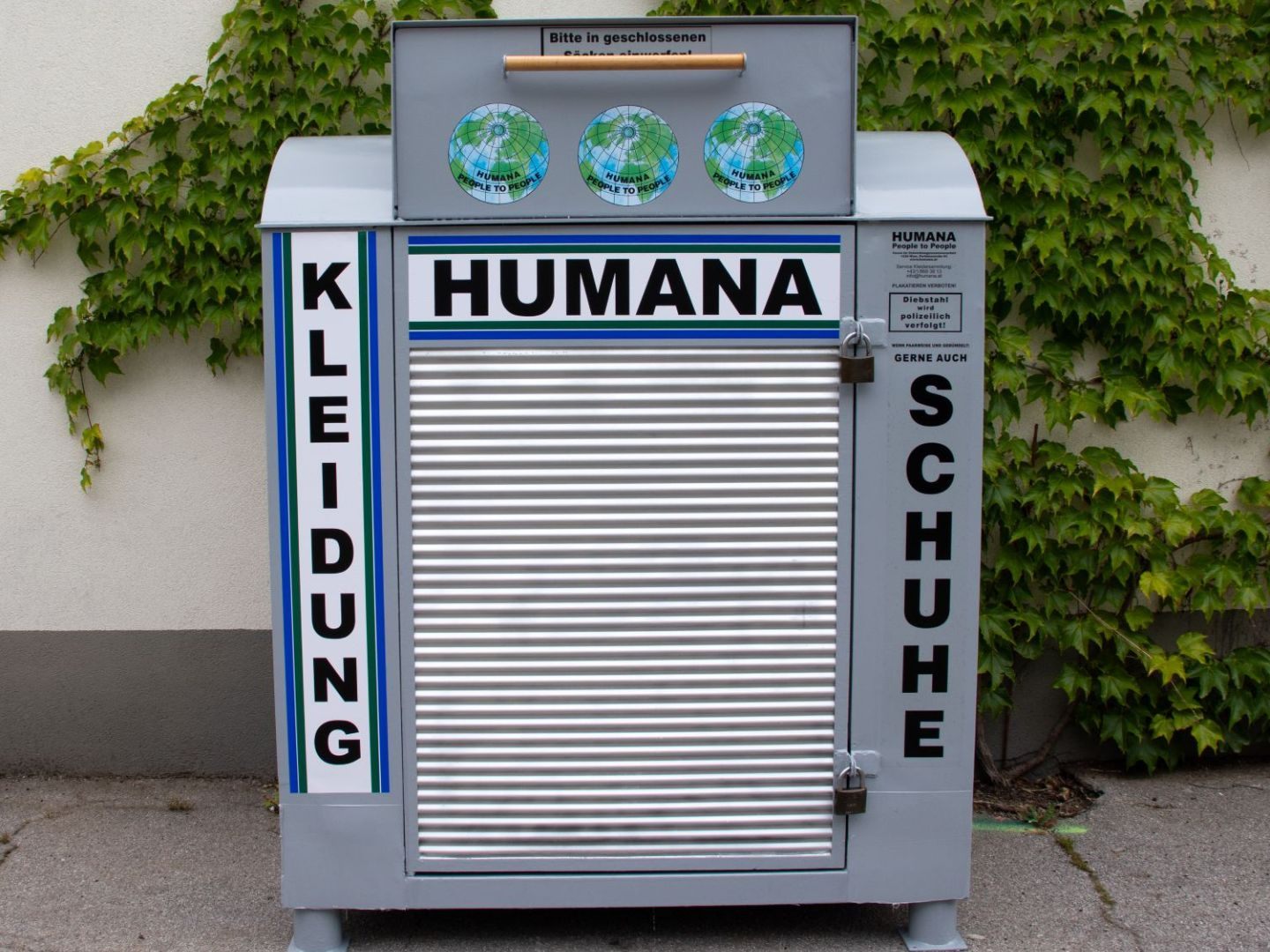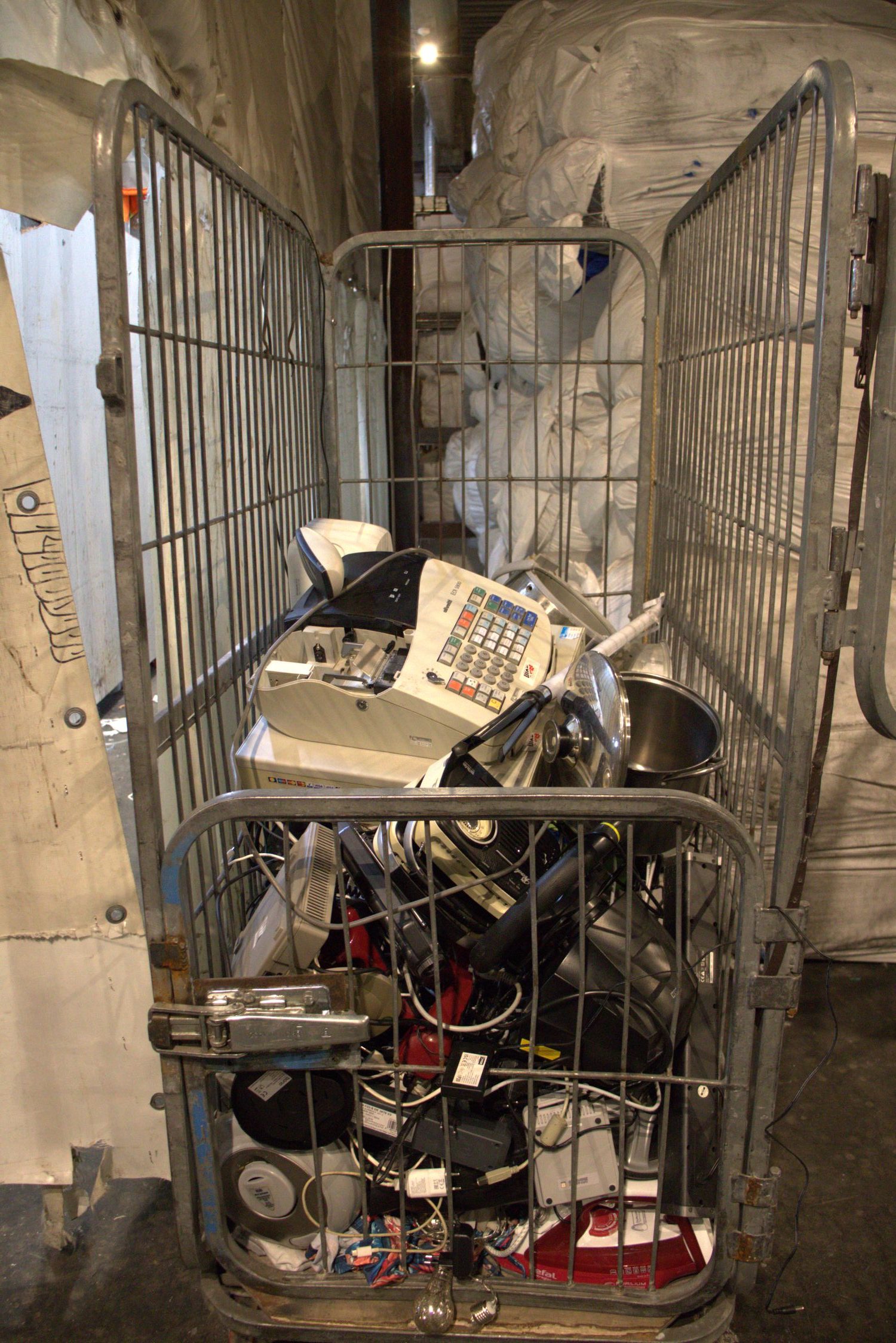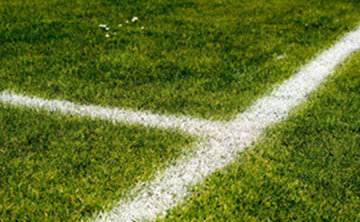Correct Clothing Donation: What Can Go in the Container and What Is Trash?

Clothing donation containers are intended to serve as a sustainable way to reuse clothing that is no longer needed. "With a reuse rate of around 67 percent of the donated items, our collection is already working very well," emphasizes Henning Mörch, Managing Director of the HUMANA Austria collection. "This shows: Many people want to make a positive contribution with their clothing donation – and they succeed in doing so."
Clothing containers as dumping grounds as an increasing problem
The HUMANA clothing collection has been making an important contribution to the recycling of clothing for years. However, bulky waste, electronic devices, or (broken) furniture are regularly found in or next to the collection containers – items that need to be disposed of with effort and hinder the actual purpose of the containers, which is to collect wearable clothing.
This has significant consequences, as truck drivers have to transfer incorrect disposals, which are identified on-site as residual waste, into special containers. This complicates and prolongs the regular emptying of the collection points. Additionally, incorrectly disposed items incur additional disposal costs for the organization. Another problem is damaged donations, as incorrect disposals like food, broken items, or liquids can render the donated clothing unusable. This significantly reduces the amount of clothing that can be reused or sold.

"The costs and extra effort caused by incorrect disposals impair the actual purpose of our clothing collection. Every unsuitable item ties up resources that we could invest much more effectively in sustainable development projects," Mörch appeals to donors.
Donating Correctly Made Easy: Here's How It Works
Since January 1, 2025, all EU member states are required to introduce comprehensive and separate collection systems for used textiles. This new regulation causes uncertainty among many citizens: Which clothing items belong in collection containers? Can damaged or no longer wearable textiles also be disposed of there?
HUMANA and other used clothing collectors in Austria clearly focus on the reuse of clothing – not on recycling. Therefore, the rule is: Clothing that is no longer wearable should initially be disposed of in general waste until suitable solutions, such as separate containers for non-wearable textiles, are available.
Collected items include women's, men's, and children's clothing for every season. Shoes (bundled in pairs), bags, furs, leather clothing, and accessories like belts, hats, and ties can also be donated. Additionally, HUMANA accepts household textiles such as bed and table linens. These donations are sold, among other places, in HUMANA Vintage & Second Hand Shops. The proceeds benefit projects in the Global South.
To ensure that clothing donations can be meaningfully reused, proper preparation is crucial:
- Kleidung aussortieren
- Waschen und trocknen lassen
- In ein Plastiksackerl geben und gut zuknoten. (Kostenlose Sackerl sind in den HUMANA Vintage & Second Hand Shops erhältlich)
- Spende abgeben. (Entweder in einem HUMANA-Shop oder einem der zahlreichen HUMANA-Kleidercontainer in Österreich)
(Red)
This article has been automatically translated, read the original article here.





